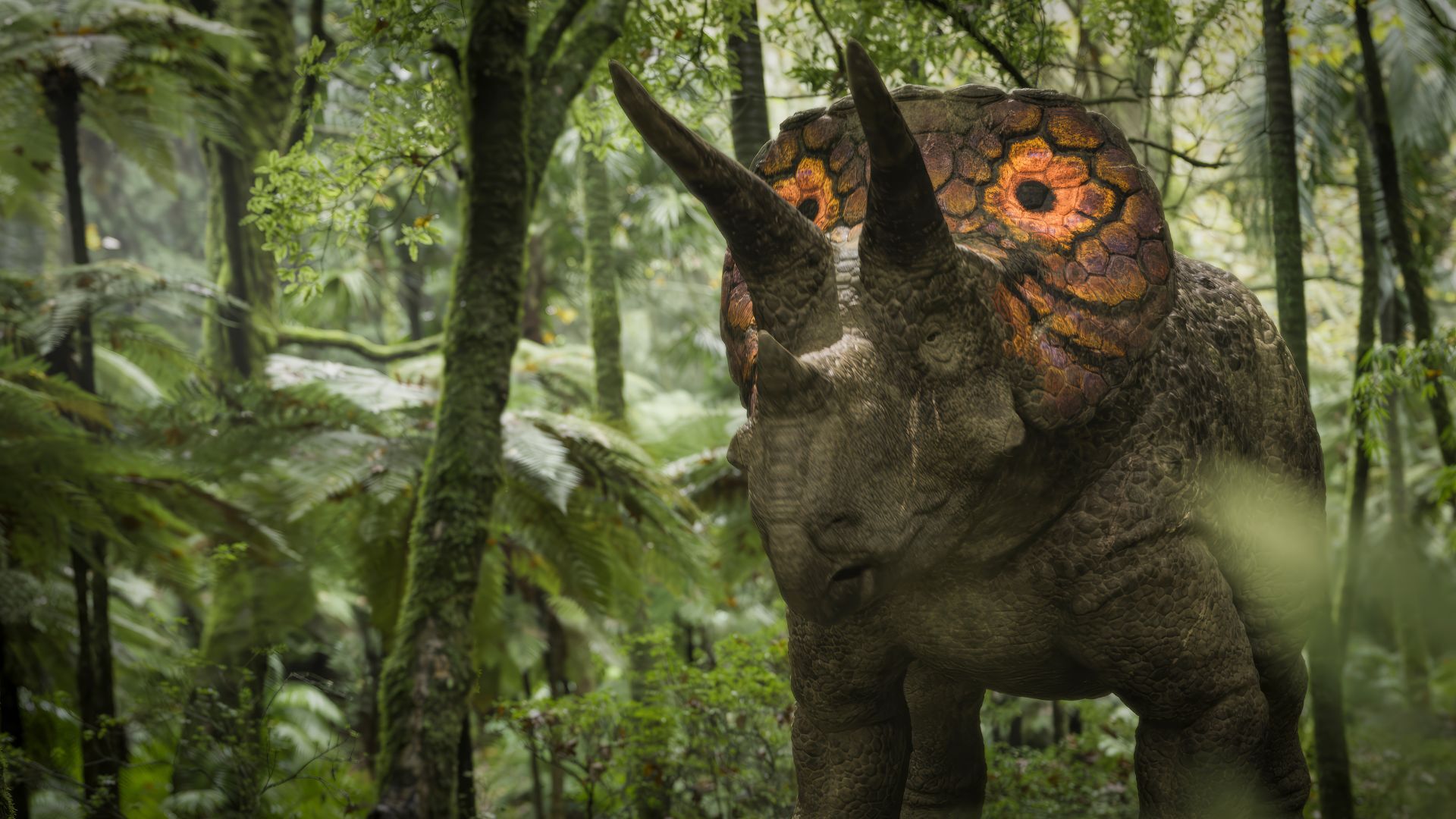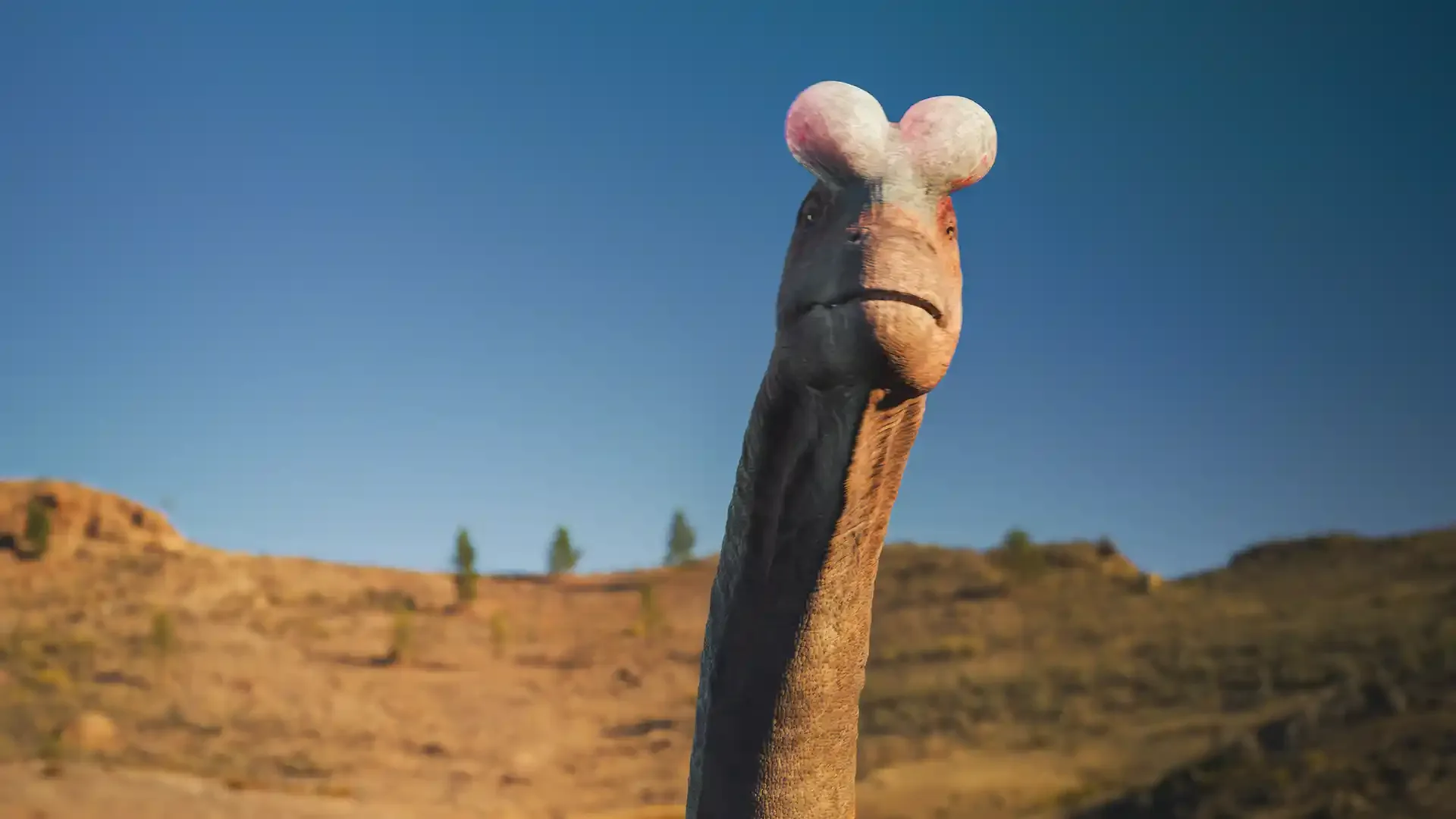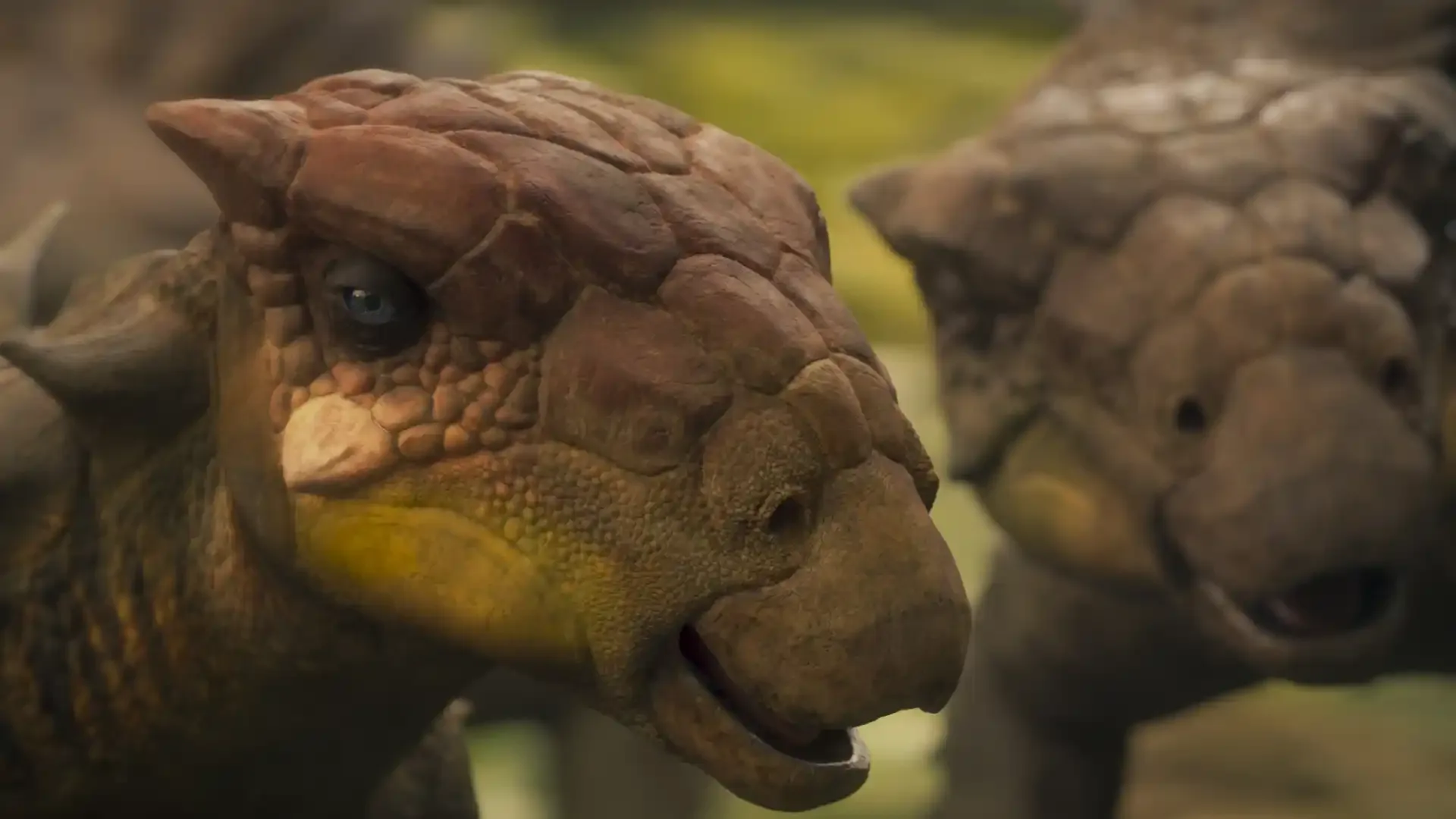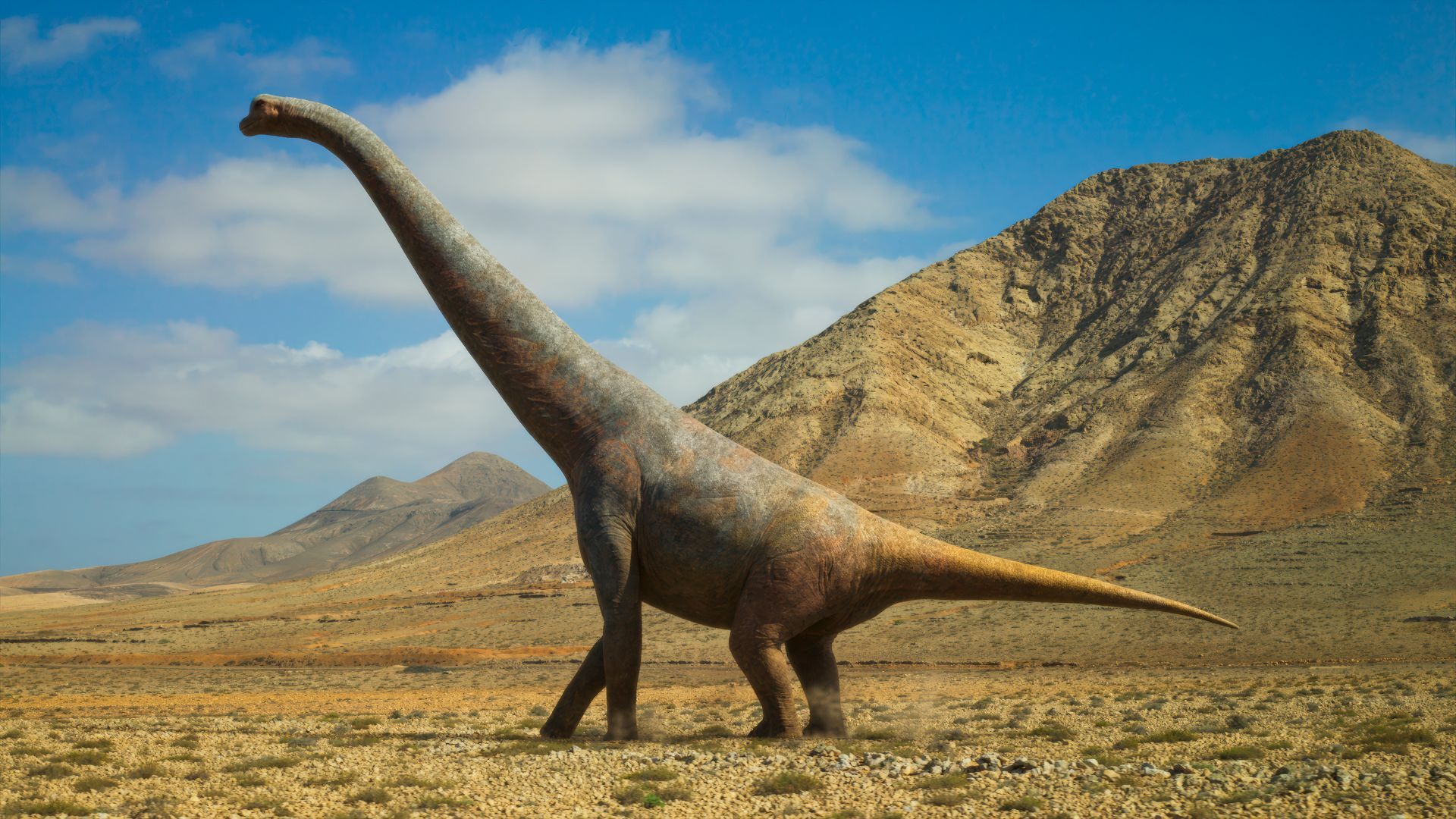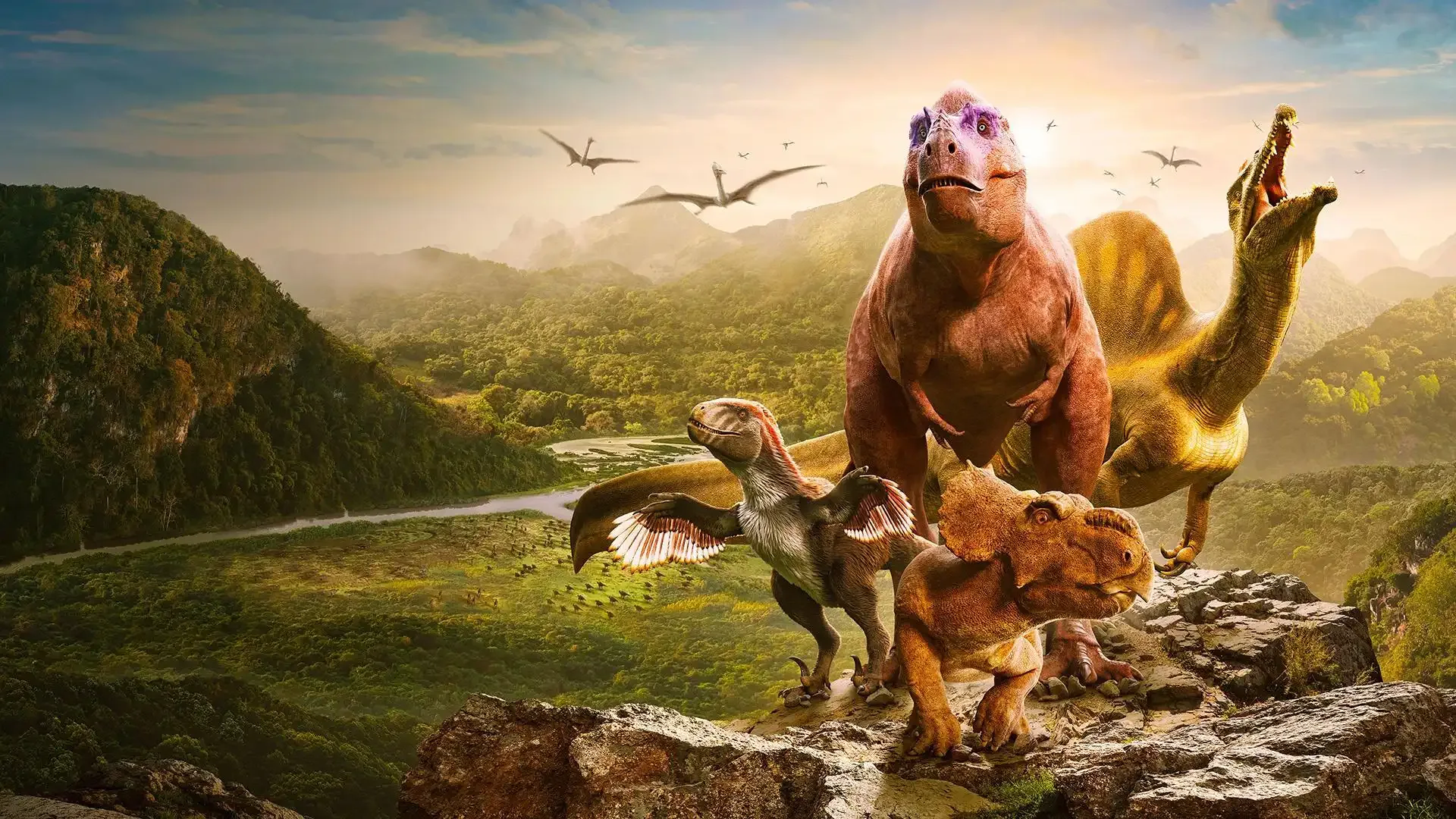A Sneak Peek
Enjoy a first look at what to expect in the upcoming season of Walking with Dinosaurs.
Walking with Dinosaurs: Premiere Date
Paleontologist lovers and dinosaur enthusiasts alike, mark your calendars for the Walking with Dinosaurs premiere on June 16, 2025. The new season will also stream on PBS and the PBS app.
About Walking with Dinosaurs
Twenty-five years after its original broadcast, the critically-acclaimed television series, Walking with Dinosaurs, is back with a new season. Featuring legends like the Triceratops and T. Rex to new ones, discover the lives of six extraordinary dinosaurs in these incredible imaginings of their prehistoric lives.
Utilizing the latest discoveries from dinosaur digs across the globe, paired with showstopping state-of-the-art CGI, this series brings these magnificent giants back to life. The team of world leading experts and paleontologists help unlock the secrets of how many dinosaurs once lived. Told using stunning VFX, these are tales of struggle, love and survival – the ultimate ancient drama.
Spoiler Alert: Click the dropdown to reveal each episode’s description.

The PBS 'What to Watch' Weekly Newsletter
What to Watch delivers the best shows and content PBS has to offer each week.
Meet Some of the Dinosaurs
Do you remember your favorite dinosaur growing up? Was it the ferocious T. rex or perhaps the towering Brachiosaurus?
Odds are there’s probably a new species for you to learn about. Discover some of the dinosaurs highlighted in this upcoming season of Walking With Dinosaurs below.

Triceratops

Spinosaurus

Gastonia

Albertosaurus

Pachyrhinosaurus

Lusotitan
Walking with Dinosaurs
Explore More
